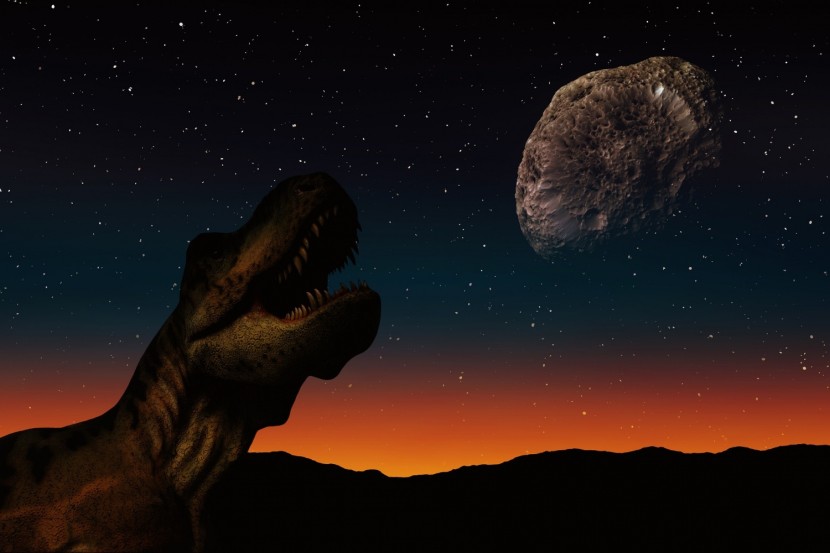
Hurdling towards Earth in a steep angle coming from the northeast, the asteroid which was almost as big as a city and caused the extinction of the dinosaurs hit the Earth nearly 66 million years ago.
According to a news study that simulated the cataclysmic hit. It was found out that the angle where the asteroid hit unleashed the most amount of climate-changing gases possible, making it the deadliest hit.
As a reminder of the past, the asteroid left behind a 125-mile wide crater which is located in present-day Mexico also known as the Chicxulub crater. While the scientific community has agreed on the fact that the asteroid hit wiped out almost 75% of life on the planet, the direction and trajectory of the impact have been a constant debate.
In a report by CNN, 3D simulations of the hit were done by international researchers. According to them the simulation depicted that the Chicxulub asteroid hit the planet at a 40 to 60-degree angle. This was described by a professor of planetary science from the department of earth science and engineering of the Imperial College London, Gareth Collins as the worst-case scenario for the extinct reptiles.
Moreover, Collins stated that the impact of the asteroid maximized the release of gases which caused climate change into the Earth's atmosphere, thus, it triggered a series of events which led to the dinosaurs being wiped out. Collins is the lead author on the said study which was published in Nature Communication, a scientific journal.
The Disastrous Impact
In addition, New Scientist reported that Collins said that the lethality of the impact was among the worst scenarios possible since it caused a nuclear winter brought about by the debris that scattered in the upper atmosphere. Billions of tons of toxic gases went into the atmosphere and blocked the sun which led to a dramatic drop in the Earth's temperature.
However, based on an entirely different geophysical data interpretation, older studies suggested that the asteroid hit at a more shallow angle than stated in the study authored by Collins and his team. Meanwhile, Collins said that his team's work overturns the old studies which also suggested that the ejecta distribution in the crater was asymmetric. He said that their work and observations showed that the distribution of the ejecta is more symmetrical than what is suggested in the previous studies.
The researchers involved in the recent study came from the University of Texas located in Austin, Germany's University of Freiburg, and the Imperial College London. The said researchers studied the structure and shape of the crater and the rocks that have been extracted from the area which have provided evidence of the extremity of the force that was generated by the asteroid strike.
ZD Net also reported that the data collected were used in building a model which was used during the simulation of how the Chicxulub crater came to be by determining the angle and direction of the asteroid's path. After the simulations, the researchers were able to find that the angle caused the severity of the impact.
Related article : Watch: New Alien Planet is Born Amid Its Formation Process








